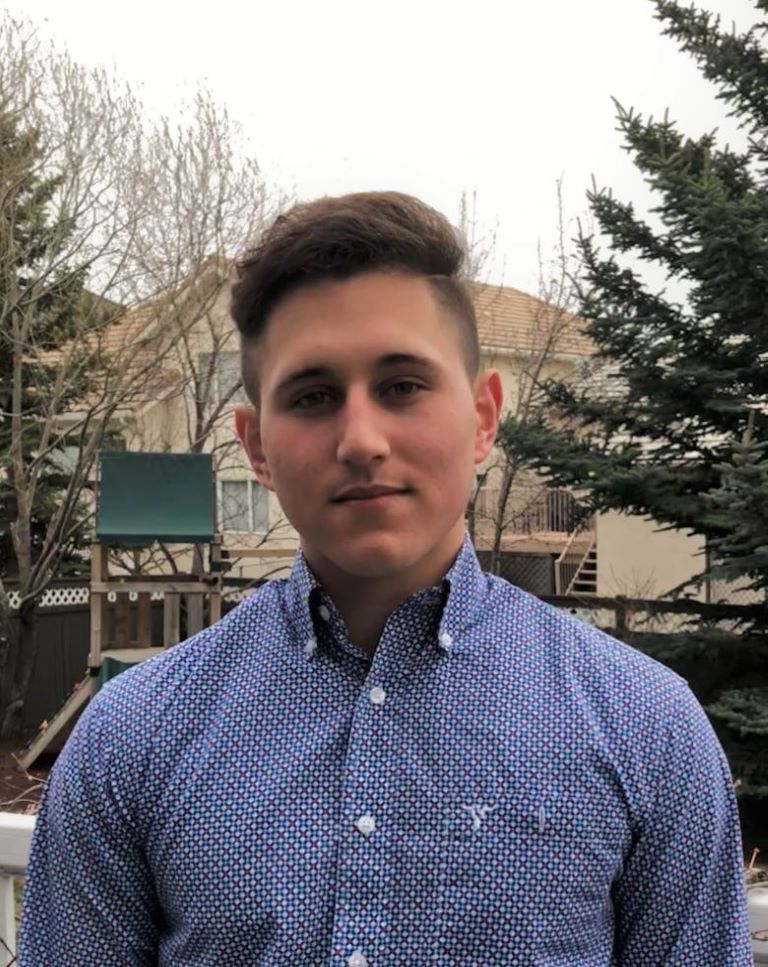Project Category: Electrical
Join our presentation
About our project
Our team’s design challenge is in optimizing steam-to-oil ratios (SORs) for steam-assisted gravity drainage (SAGD) well-pairs. Our approach to the design task is a hands-free prediction model, harnessing machine learning techniques to train over well-pair data. The model input consists of historical SORs concatenated with future next-day steam injection values. The model then provides an output frame of future oil extraction data. Overall, the architecture of our model is a multi-step, multi-output neural network for generating time-series projections across well-pairs over a long period. After training, the model can be fed with a range of artificial steam values to create and output an optimization table for selecting and viewing SORs. Additionally, our project consists of a front-end application for easy experimentation, data visualization, and analysis via a simple model-view-controller structure. Ultimately, our project serves as an effective and easy-to-use proof-of-concept for the potential of machine learning models in SOR optimization for SAGD well-pairs, demonstrating the ability to create inferences without traditional techniques such as energy-balance systems.
Meet our team members




Details about our design
HOW OUR DESIGN ADDRESSES PRACTICAL ISSUES
Steam-assisted gravity drainage (SAGD) has been widely shown to enhance the recovery of heavy oil in an effective manner. However, analyzing the performance of SAGD in heavy oil reservoirs usually involves time-consuming and tedious static and dynamic numerical simulations, making it impractical for decision-making and forming predictions. However, our design solution overcomes this through deep learning techniques, providing a viable backbone for both data analysis and decision-making, expediting the SAGD workflow through our easy-to-use user interface.
WHAT MAKES OUR DESIGN INNOVATIVE
Our design is innovative in its crossover between front-end development and advanced machine learning techniques, bridging the gap between data sciences and artificial intelligence. Furthermore, through deep learning we successfully harness neural networks in providing time-series forecasting for a unique utility in optimization, in addition to making predictions.
WHAT MAKES OUR DESIGN SOLUTION EFFECTIVE
What makes our model effective, not only as a proof-of-concept for the usage of deep learning in SAGD, but enables it to excel as a design tool, is its huge performance leap in simulations and analysis. The workflow of our design solution foregoes the tedious manual calibration involved in traditional solutions that commonly employ mass and energy balance systems by instead utilizing deep learning. For the initial trade-off of training a model, our workflow enables the rapid generation of predictions and visualizations, outperforming computationally intensive simulations. Lastly, our design solution highlights the potential of machine learning and artificial intelligence in SAGD, demonstrating the ability to make hands-free inferences without the dependency for predetermined information.
HOW WE VALIDATED OUR DESIGN SOLUTION
In validating our design solution, we have undergone multiple benchmarks of our deep learning model, employing iterative development to narrow down the most advantageous solution through the usage of prototyping technologies such as Kaggle, Jupyter, and Weights and Biases. Moreover, we have pitted our solutions against traditional techniques such as Auto-regressive Integrated Moving Average (ARIMA), and several other baselines in time-series techniques through Darts in Python.
FEASIBILITY OF OUR DESIGN SOLUTION
Ultimately, while the main goal of our design challenge was in creating a proof-of-concept solution to optimizing SORs in SAGD through deep learning techniques, our final Long Short-Term Memory model has proven to be a strong contender in generating robust and accurate predictions over a relatively large time-frame. While deep learning frameworks are unlikely to replace mass and energy balance systems and other simulation tools, in analyzing the complexity of SAGD in heavy oil reservoirs, our project demonstrates its strong ability to create inferences, proving its ability for making predictions in a new environment, and demonstrating its use case as a supplemental resource in SAGD.
Partners and mentors
Our team gives a huge thanks to all those involved in making our capstone project not only possible, but also successful! We would like to thank our industry sponsors over at Cenovus Energy, specifically, Marc Boulet and his team for their keen oversight and feedback. In addition, we would like to thank our knowledgeable academic advisor Dr Yves Pauchard in helping guide and mentor us. Lastly, we would like to thank our Teaching Assistant Shoaib Hussain, aiding to coordinate our team and providing thoughtful suggestions.
